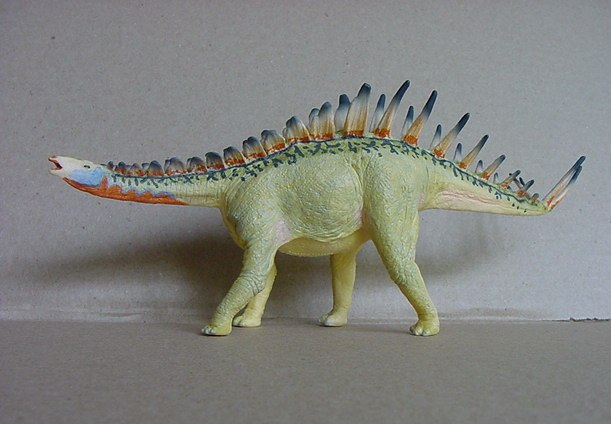Review: Allosaurus (1988) (Carnegie Collection by Safari Ltd.)
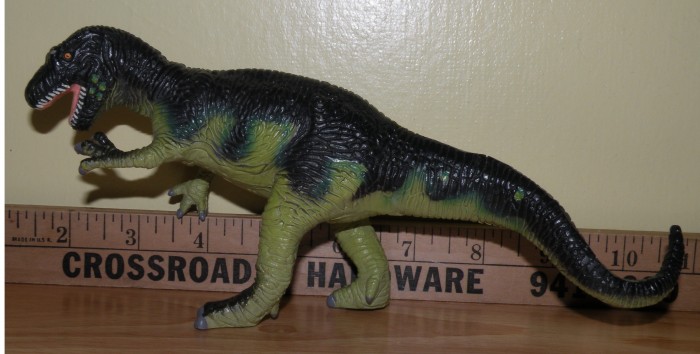

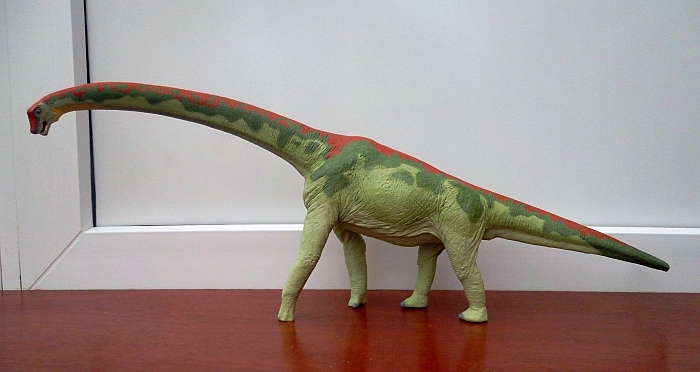
The original model actually represented the animal now known as Giraffatitan brancai, which was rather different in its proportions to the ‘original’ Brachiosaurus – the type species, Brachiosaurus altithorax from North America.
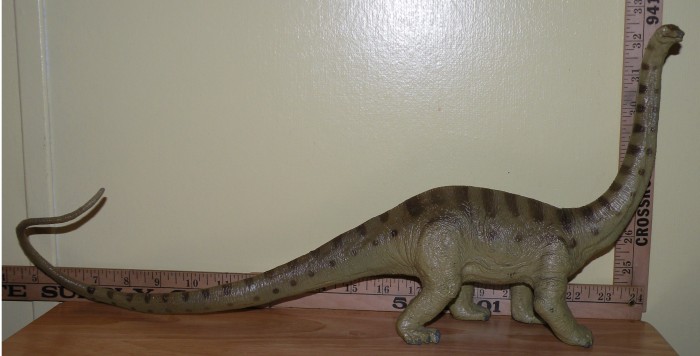
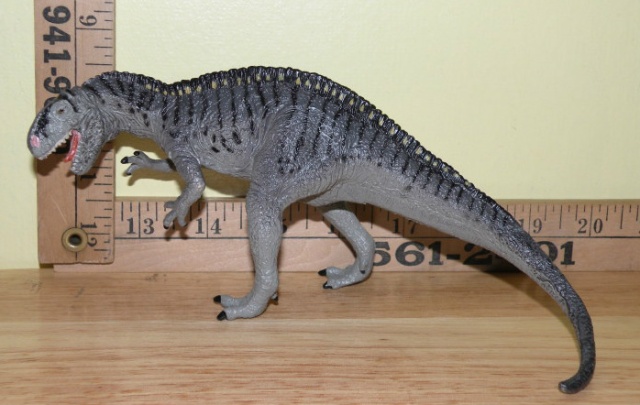
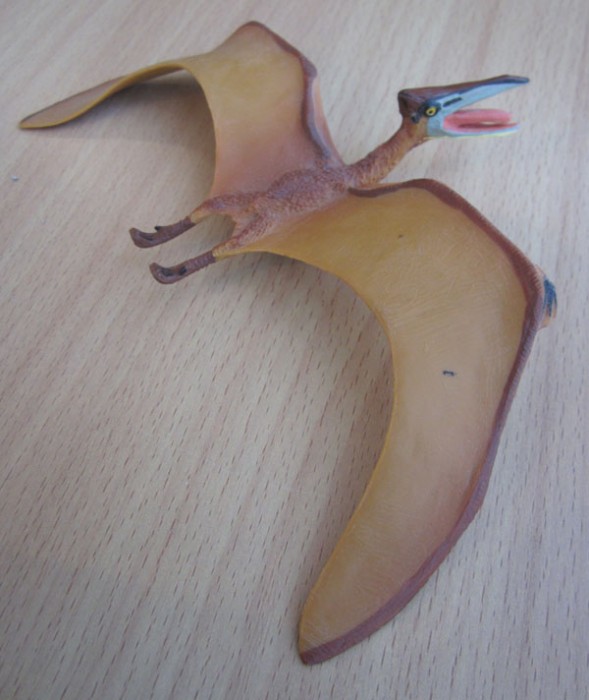
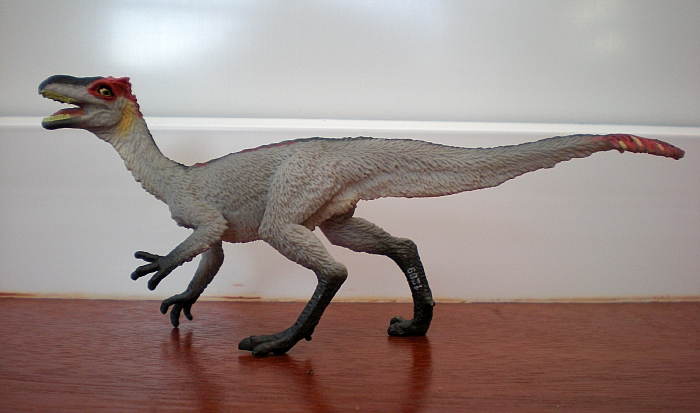

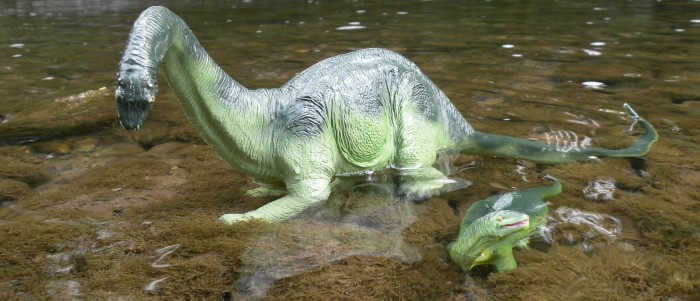
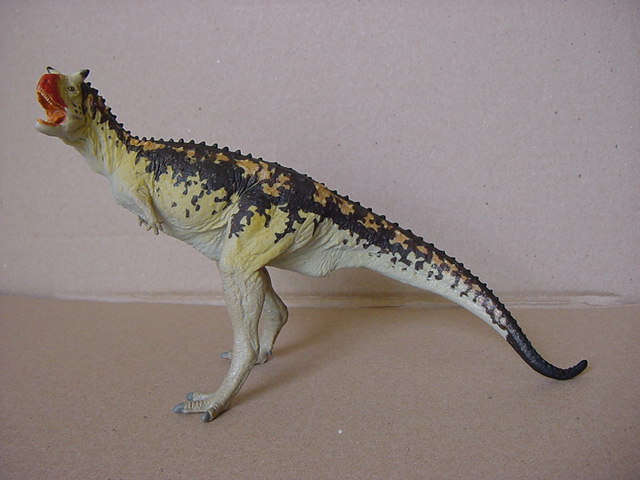
Alright, maybe that isn’t entirely true. The first big break for our brow-horned friend probably came in Crichton’s bestselling sequel to Jurassic Park, The Lost World, where Carnotaurus prowled the darkness with chameleonic camouflage (speculative, naturally).
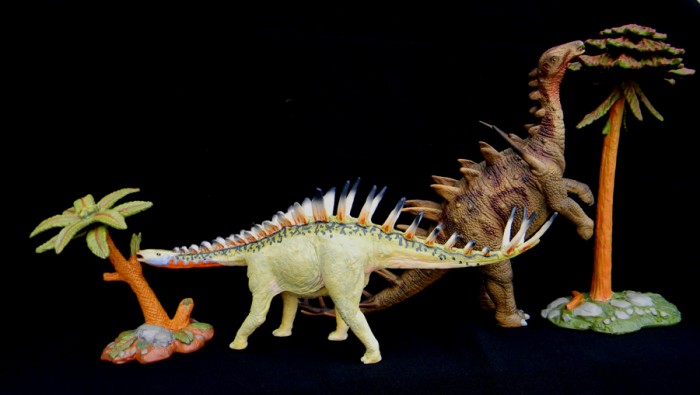
In this year’s dinosaur lineup, we are offered two unusual late Jurassic stegosaurs.
In the past, most companies have opted for the familiar stegosaur when choosing a species to add to their line of prehistoric figures.
